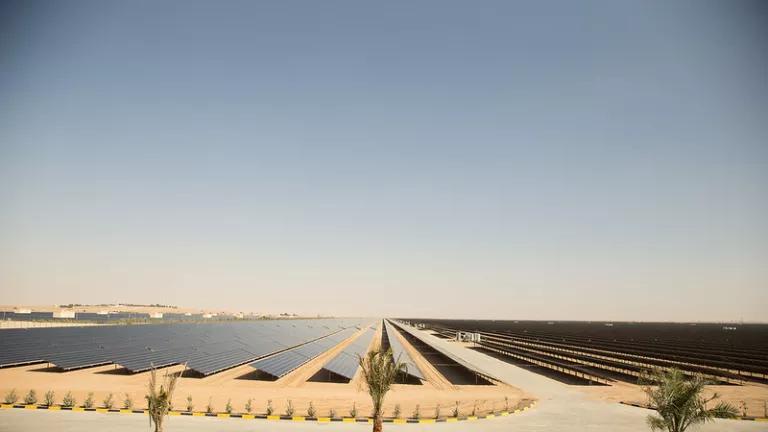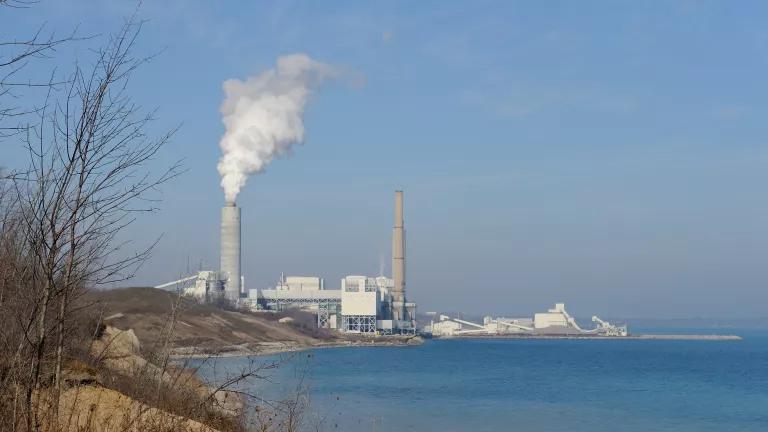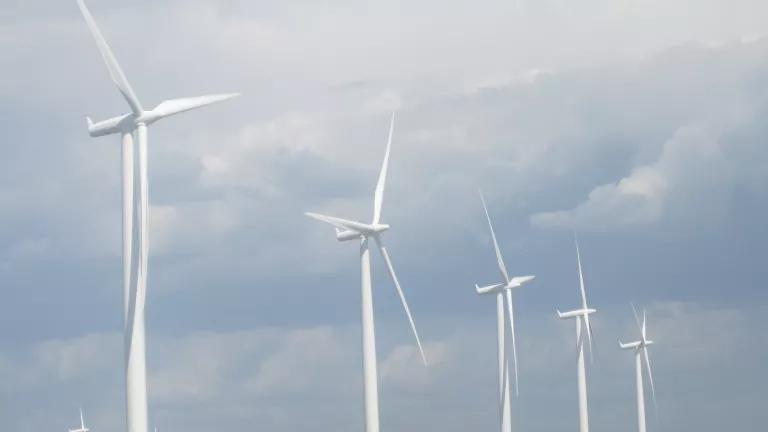2021 A Pivotal Year for Clean Energy in North Carolina
As we look back at 2020 and reflect on what comes next for North Carolina in clean energy and climate one thing becomes clear, Governor Cooper’s climate and clean energy legacy will be determined by the ability to take the many critical policy initiatives from discussion to implementation in 2021.
Part of NRDC’s Year-End Series Reviewing 2020 Climate & Clean Energy Developments
As we look back at 2020 and reflect on what comes next for North Carolina in clean energy and climate one thing becomes clear, Governor Cooper’s climate and clean energy legacy will be determined by the ability to take the many critical policy initiatives from discussion to implementation in 2021.
As I wrote in previous posts, North Carolina has been on a clean energy journey of sorts. Back in the fall of 2018, Governor Cooper issued his Executive Order 80 on North Carolina’s Commitment to Address Climate Change and Transition to a Clean Energy Economy. That order set the goals for reducing statewide greenhouse gas emissions to 40% below 2005 levels by 2025, as well as increasing zero-emission vehicles to at least 80,000 and reducing energy consumption in state owned buildings by 40% from 2002-2003 levels. The order called for establishing a North Carolina Clean Energy Plan that would spell out how to achieve these ambitious state goals.
North Carolina Department of Environmental Quality was tasked with organizing an extensive set of stakeholders who would come together (back when we could do that) to help craft the plan. Stakeholders spent most of 2019 developing an ambitious plan with a full menu of policies to achieve the goals, and that plan was delivered to the Governor’s office in October 2019.
From there, we’ve been in a bit of a holding pattern. Stakeholders embarked on another year long process aimed at vetting the policies and achieving consensus among participants. The groups have discussed and modeled the various policies in depth, but without a clear path for implementation, consensus has been more elusive. Reports from this latest stakeholder process are due to Governor Cooper’s office in late January 2021.
So, What Comes Next?
After the reports arrive at Governor Cooper’s Office in early 2021, we should be mostly done with the planning and move into implementing. Governor Cooper’s climate legacy, and North Carolina’s role in shaping a regional or national response, will hinge on how the state can implement any number of the solutions identified and vetted the last two years.
The fastest path to implementation is for the stakeholders to find a set of solutions they all can live with and agree to support a legislative package. While there are no guarantees, this path is the most likely to deliver breakthrough change that would unlock investment and innovation.
Absent legislation, another likely place for such implementation will be at the NC Utilities Commission, where the Integrated Resources Plan (IRP) docket is underway. In the 2018 IRP, Duke Energy proposed building close to 10,000MW of new gas generation by 2033. However, the NC Utilities Commission rejected Duke Energy’s proposed new gas builds stating:
The Commission does not accept some of the underlying assumptions upon which DEC’s and DEP’s IRPs are based, the sufficiency or adequacy of the models employed, or the resource needs identified and scheduled in the IRPs beyond 2020.
And in the 2019 IRP update the Commission emphasized that:
…the Companies avoid near term investments in long-lived generating assets that may, due to market forces and technological change, become economically stranded over the course of the longer planning period.
Likely, the 2020 IRP will set the course of North Carolina’s clean energy future. We are encouraged that the Commission has asked that Duke Energy to model retiring the remaining coal fleet by the earliest possible date and meeting the GHG emission reductions in their corporate goals and the NC Clean Energy Plan. NRDC and our many partners are fully engaged in the 2020 IRP docket and focused on transitioning North Carolina to a clean and sustainable energy future as fast as possible, while mindful of the equity, costs and reliability considerations.
On the regulatory front, we are hopeful that the NC Department of Environmental Quality will undertake rulemaking to regulate greenhouse gas emissions under their existing authority to control air pollution. Just north of us, Virginia is doing this by joining the Regional Greenhouse Gas Initiative (RGGI) which will also generate investments to help frontline communities and others which are struggling with the impacts of climate change.
On the transportation side, we are very encouraged that North Carolina has joined the Multi-State Medium and Heavy Duty Zero Emission Vehicle MOU and that the state additionally is joining the coalition of states working on the Transportation and Climate Initiative (TCI) . We believe these actions should be paired with the Zero-Emission Vehicle rules that many other states are exploring as well.
Additionally, after extensive review, the NC Utilities Commission gave the green light for a limited version of Duke Energy’s electric vehicle pilot program and will continue vetting some additional policies through a six-month stakeholder discussion. As my colleague Kathy Harris wrote: These utility programs should support and encourage additional investments in charging infrastructure by the private market—such as through make-ready programs—as well as increasing access to clean transportation in communities overburdened by transportation pollution.
Ultimately, 2021 promises to be a transformational year for North Carolina on climate and clean energy as multiple longstanding efforts move from discussion to implementation. We are confident the state will remain a regional and national leader on the transition to clean energy.




